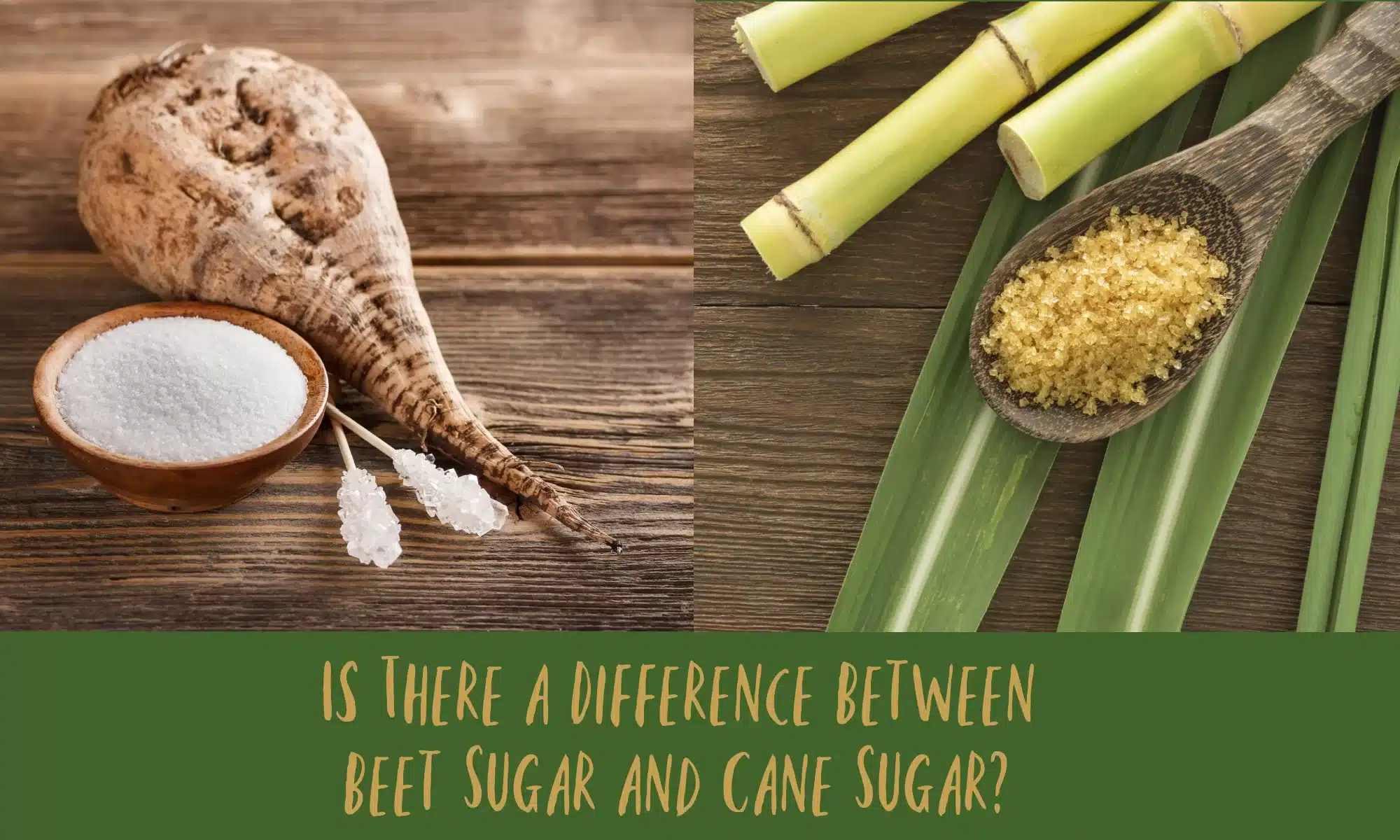The debate on beet sugar vs cane sugar often centers around processing methods and nutritional content.
The debate on beet sugar vs cane sugar often centers around processing methods and nutritional content.
Blog Article
Discover the Uses and Conveniences of Beet Sugar Vs Cane Sugar in Your Daily Diet
Checking out the unique top qualities of beet and cane sugar reveals greater than simply their sweetening capabilities; it highlights their distinct influence on wellness and cookeries. Beet sugar, recognized for its subtle flavor, is commonly favored in delicate desserts, whereas cane sugar, with its hint of molasses, adds splendor to robust dishes. Each type holds its own nutritional profile and glycemic ramifications, welcoming a deeper understanding of their roles in a balanced diet and lasting intake practices.
Beginning and Production Processes of Beet and Cane Sugar
The distinct environments and dirt types required for growing sugar beets and sugarcane contribute to differences in their farming techniques and geographical distribution, influencing the economics and sustainability of their production. beet sugar vs cane sugar.
Nutritional Contrast Between Beet Sugar and Cane Sugar
In spite of originating from different plants, beet sugar and cane sugar are nutritionally really comparable, both mainly including sucrose. Each supplies regarding 4 calories per gram, translating to roughly 16 calories per tsp. Structurally, both sugars are composed of approximately 99.95% sucrose, with marginal amounts of other compounds like moisture and trace element, which do not dramatically alter their dietary profiles.

Ultimately, when picking between beet sugar and cane sugar based upon dietary material alone, both deal identical advantages and downsides as they are basically types of the exact same molecule-- sucrose, giving quick energy without various other nutrients.
Influence On Health And Wellness: Glycemic Index and Caloric Material
Exploring further into the results of beet sugar and cane sugar on wellness, it is vital to consider their glycemic index and calorie material. The glycemic index (GI) of both beet and cane sugar is around 65, categorizing them as high-GI foods, which can cause fast spikes in blood sugar degrees.
Each kind of sugar consists of about 4 calories per gram, making their caloric web content matching. For those checking caloric intake, specifically when taking care of weight or metabolic health conditions, understanding this equivalence is essential (beet sugar vs cane sugar). Excessive intake of any high-calorie, high-GI food can add to wellness problems such as obesity, heart condition, and insulin resistance.
Environmental and Economic Factors To Consider of Sugar Production
Beyond wellness influences, the production of beet and cane sugar also increases considerable ecological and financial problems. Sugar beet cultivation has a tendency to call for cooler environments and has a reduced geographical impact contrasted to sugar cane, which thrives in tropical regions.
Additionally, making use of chemicals and plant foods in both beet and cane sugar farming can lead to soil degradation and contamination, additional affecting biodiversity and neighborhood water bodies (beet sugar vs cane sugar). The selection between growing sugar beet or cane often hinges on local environmental problems and economic visite site elements, making the sustainability of sugar manufacturing a complex concern
Culinary Applications and Flavor Differences
While the ecological and financial elements of sugar production are special info certainly considerable, the option between beet and cane sugar likewise influences culinary applications and flavor accounts. Beet sugar, stemmed from the sugar beet plant, is recognized for its extremely neutral preference. This makes it a flexible component in baking, where it does not modify the taste of other components. It liquifies rapidly and is optimal for use in cakes, cookies, and breads.
Walking stick sugar, removed from sugarcane, frequently maintains molasses traces, which present a distinctive richness and deepness. The minor variation in moisture content between beet and cane sugar can impact the texture and consistency of meals, making cane sugar a favored selection for details recipes that benefit from its distinct properties.

Conclusion
In conclusion, both beet and cane sugar have distinct beginnings and manufacturing processes, supplying comparable dietary profiles with small differences in sodium web content and taste. While their effect on health and wellness, particularly concerning glycemic index and calories, is comparable, the selection in between them typically boils down to environmental, financial factors, and specific cooking requirements. Comprehending these aspects can lead consumers in making informed click here to read choices that align with their wellness goals and flavor preferences.
Report this page